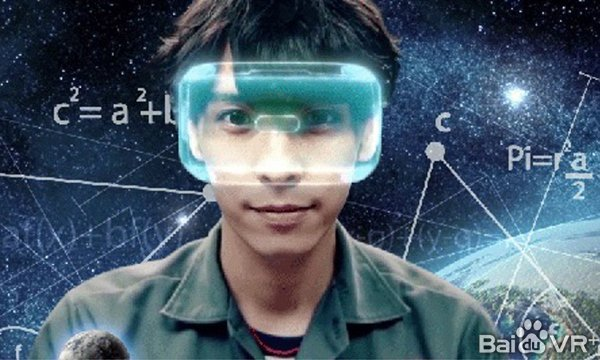Today, there are two technologies that really capture the attention of educators and futurists: artificial intelligence and virtual reality. What is the significance of these new technologies in education? The answer is simple, they can completely change our education system. The question is, what kind of price does the educator have to pay?

There are many articles that technology can never replace a teacher. But perhaps technology can't replace good teachers, but technology is already replacing traditional, ordinary teachers.
How do traditional teachers work? It is conceivable that students sit in the classroom and the teacher starts to teach. It may be a speech, or a video, or a piece of text. The students then carry out activities to consolidate the newly acquired knowledge, and then the teacher arranges homework to help the students better remember the new knowledge. Generally speaking, this is a standard lesson, or a standard day.
In this example, have you seen anything that artificial intelligence or virtual reality can't do? There are five things here, and an AI/VR school system can be easily implemented instead of a traditional ordinary teacher.
1. The AI ​​system can ask students questions and identify if the student's answer is correct, so ask another question based on the student's level of knowledge.
The AI ​​education system is a typical example of personalized learning. To a certain extent, computers know more about students and their abilities than traditional teachers. The AI ​​system can use the students' answers to know what questions should be asked next to deepen their thoughts and knowledge.
2. The AI ​​system is connected to the entire Internet and can be used as an educational tool for students.
The AI ​​system is part of the Internet and has the ability to send content, resources, videos, articles, etc. that students need to learn. The increase in the number of these resources and the change in content are staggering, precisely because knowledge is growing rapidly on a global scale. The AI ​​system is able to use the most relevant resources and the latest research to support students in all aspects of learning.
3. The AI ​​system can also connect to other AI education systems around the world.
Considering the concept of distance learning, students from all over the world can “sit†together to learn. The AI ​​system can connect to other AI education systems around the world, allowing students to collaborate on team projects. AI can actually remotely train these students. connected.
4. Adding virtual reality technology to the AI ​​education system can create the most appropriate learning environment and atmosphere.
Through virtual reality technology, natural science classes can be held in simulated science laboratories. Music lessons can be held at the famous French Opera House or the Electronic Music Studio in San Francisco. Even the American poet Edgar Allan Po can teach the language. art. With virtual reality technology, learning will not be confined to classrooms, schools, or even the earth. Field trips can be conducted in ancient Rome, and you can hike in Yellowstone Park in physical education classes.
5. The AI/VR system is 24 hours a day, 7 days a week.
Because the AI/VR system is web-based, it can be accessed throughout the day and students can go to school anytime, anywhere. Personalized learning will become the norm, and each student becomes an expert of interest. From people who don't learn from the heart to those who are smart, the AI/VR system knows their needs and can learn with them when they want. Of course, there are also some milestones and benchmarks that show your level of learning, but the division of the first and second grades seems to be no longer meaningful. Feel free to adjust your pace and pace, because your AI/VR system is there, waiting for you to open anytime, anywhere.
So what does all this mean for educators? Technology may never replace teachers, but teachers who are good at using technology will replace those who don't use technology. However, good teachers are not replaced by technology, they use technology to optimize teaching methods, and they also have a secret weapon. Good teachers are often compassionate, understanding, and radiant in humanity. Their love and concern for students is something that machines and technology can never replace.
Paper Cups,Eco-Friendly Coffice Cup,Disposable Paper Cups,Disposable Walled Paper Cups
JIANGYIN BIOPACKAGE CO.,LTD , https://www.chinapulppackage.com